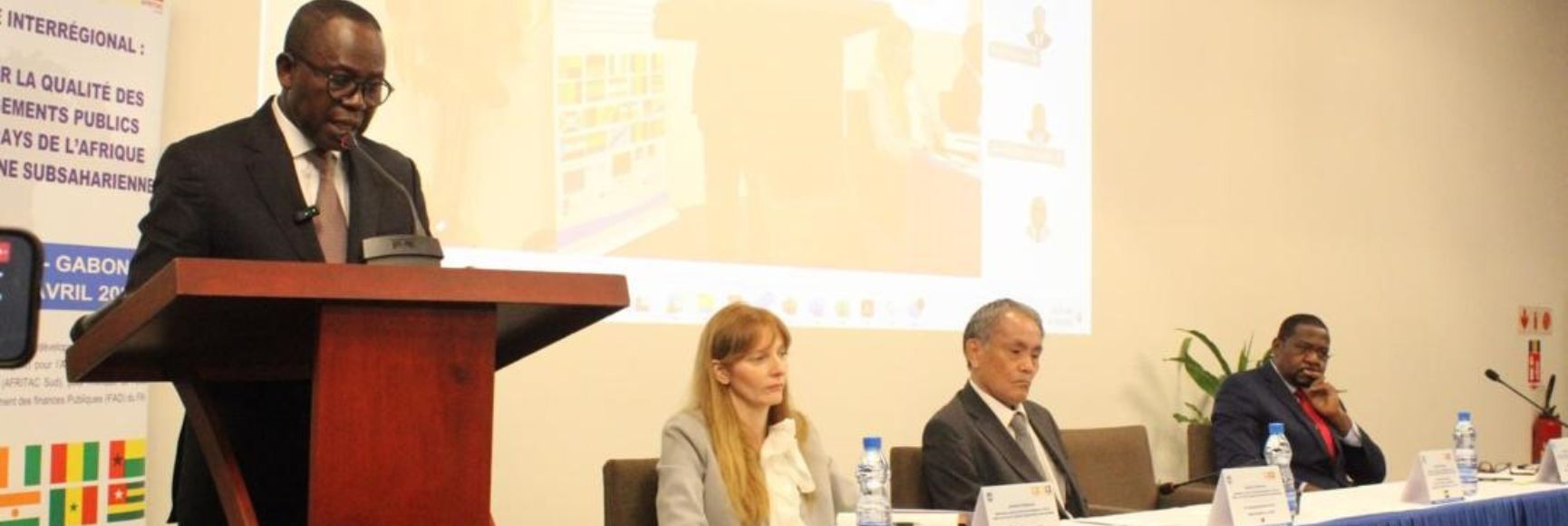
Posted by Gorana Roje, Jasmina Popović and Suzanne Flynn[1]
A recent on-line course hosted by the Center of Excellence in Finance (CEF) in Ljubljana concluded that a lot remains to be done to effectively manage the region’s public sector assets. The course looked at good practice internationally and current practices in South East Europe, Armenia, Georgia and Ukraine.
Recent IMF research suggests that public assets comprise a large share of the economy and their better management could generate additional budgetary revenues of about 3% of GDP. In 2018, the European Commission similarly concluded that, despite three decades of large-scale privatization, government-owned enterprises still account for 4% of employment, total assets, and value added in the region. The COVID-19 crisis highlights the need for smarter management of public wealth, as countries struggle to remain afloat and unlock new sources of financing.
The course focused primarily on how non-financial assets can be better managed and reached six main conclusions:
- Legal and institutional frameworks for public sector asset management are fragmented … and developing a comprehensive ownership policy is deemed essential.
In many countries several agencies are involved in managing, financing, and using public assets. Lack of government-wide strategies, policies, and rules exacerbates this fragmentation, as does the absence of a clear rationale for state ownership. Even if some assets are managed well, the overall result is often suboptimal. Creating a central strategic policy framework for the overall management of state assets remains a challenge for most countries in the region.
- Information on countries’ asset stock is often scattered, incomplete and out of date … however, most countries have either started setting up asset registers or are planning to enhance them through digitalization.
Despite improvements in IT systems, many governments in the region have not yet set up a register that provides complete, reliable, and updated information on the assets they control. Participants noted that, where registries exist, they often suffer from poor record keeping and patchy historical data. In some countries, records of public assets are scattered among databases in many institutions across central and local government. The incompleteness of data on public assets in the region also results from an inherited disorder in records of land, buildings and other properties.
- Ownership issues and disputes have impeded reforms … a clear institutional accountability framework is needed as the foundation of a strong ownership policy.
Most countries in the region have been working to tackle ownership issues since the 1990s. Some progress has been made in addressing public property rights, title/land reform (e.g., the legalization of buildings constructed without a permit), and the transfer of assets to local governments. However, legislation on the rights and obligations of asset holders remains largely inadequate. The important distinction between the rights of the owners of assets and of those who control such assets is frequently blurred. This is also because political incentives to better manage public assets are often weak and politicians may be reluctant to pursue reform initiatives. As a result, improvements in asset management have largely been limited to privatizations, concessions, and public-private partnerships (PPPs).
- Comprehensive financial information to enhance accountability for assets is now attracting attention and moving to accrual accounting is seen as a key reform in many countries.
Historically, cash-based government accounting has been blamed for the absence of useful and reliable information to support the management of public assets. Recently, several countries in the region have taken steps towards the adoption of accrual accounting based on international standards. However, participants acknowledged that accrual accounting alone will not be sufficient to address weaknesses in asset management. Improvements in the collection, classification and dissemination of data on public assets remains key. Stronger accountability mechanisms will also be needed to translate improved information into better management.
- While assets are generally included in the audit of governments’ annual financial statements, such audits often lack depth. They seldom review the efficiency of asset use or provide firm recommendations for governments to act upon.
The influence of state audit institutions on the better management of public assets is crucial. Auditors participating in the course acknowledged that, while a focus on asset management in audit reports could contribute to improvement, they are not a magic bullet. Greater clarity in regulatory frameworks, supportive information systems, and clearer accountability lines backed by enforcement mechanisms are also needed.
- Training of officials engaged in and responsible for managing public assets is essential to maintaining the momentum for continuous improvement in this area.
For countries in South-Eastern Europe, the successful adoption of good international practices in managing public assets is influenced by national traditions, culture, socio-economic conditions, institutional arrangements, and available intellectual capital. Political will is also often lacking as is a well-structured system of incentives for government organisations and individuals. The current international impetus for reform (for example, the goals of EU and OECD membership) may help overcome some of these obstacles. However, as in other regions, there is a risk that reforms may be formally adopted, but not implemented in practice.
Participants agreed that, while reforms may take years to fully implement, further training events and a Community of Practice in this area would benefit the region. The CEF plans to design and deliver several learning initiatives on improving public asset management. Some of these are presented in the CEF’s learning program for 2021.
[1] Gorana Roje is Head of Division for Strategic Planning at the Ministry of Physical Planning, Construction and State Assets in Croatia; Jasmina Popović is a Programme Officer at the CEF in Ljubljana, Slovenia; and Suzanne Flynn is FAD’s regional Public Financial Management Adviser, based at the CEF.
Note: The posts on the IMF PFM Blog should not be reported as representing the views of the IMF. The views expressed are those of the authors and do not necessarily represent those of the IMF or IMF policy.





